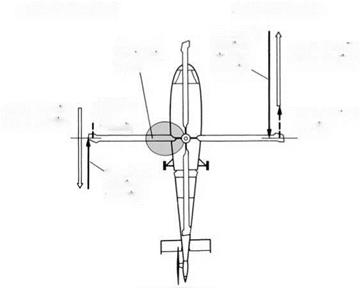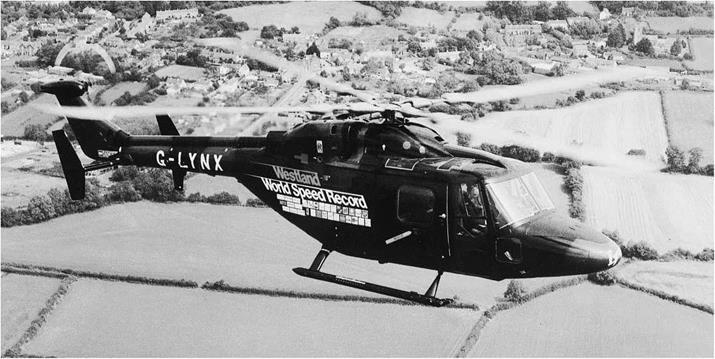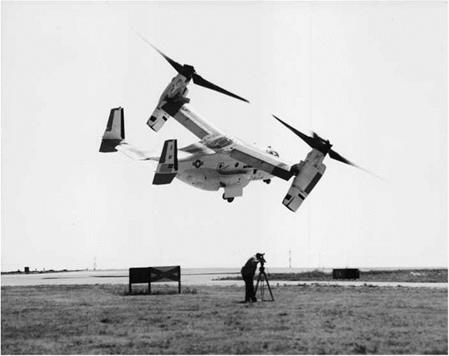High speed helicopters and convertiplanes
One way to get around the problems of high speed flight in helicopters is to equip them with wings and a conventional propulsion system in addition to the rotor. In high speed flight, the wings take over the provision of lift, and the rotor blades can rotate slowly, or even be folded back.
 The co-axial contra-rotating helicopter rotor mentioned above also has an advantage in high speed flight, as it can be arranged that the lift is provided only by the advancing pairs of blades (one on each side of the aircraft) which, therefore, do not need to move much faster than the aircraft.
The co-axial contra-rotating helicopter rotor mentioned above also has an advantage in high speed flight, as it can be arranged that the lift is provided only by the advancing pairs of blades (one on each side of the aircraft) which, therefore, do not need to move much faster than the aircraft.
|
|
|
|
Fig. 1.30 The Boeing-Bell V-22 Osprey convertiplane The convertiplane combines the VTOL capability of the helicopter, with the economy and speed of a turbo-prop, but the cost and complexity is considerable (Photo courtesy of Bell Helicopter Textron Inc.) |
Another solution is a convertiplane, such as the Bell V-22 Osprey illustrated in Fig. 1.30. In this design, the rotor blades are tilted forwards in high speed flight to become large-diameter propellers. As with the other solutions described above, this apparently simple arrangement is not without its problems, and it took decades of development and several different experimental aircraft before a production type was finally built.













